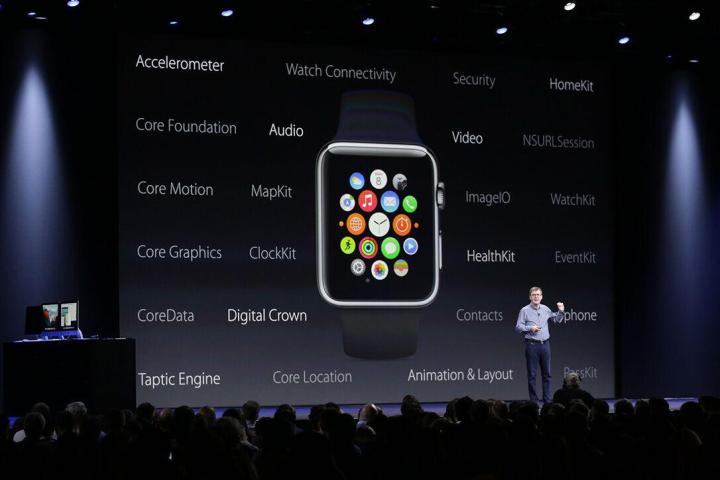
Who said we all wanted smartwatches?
Who noticed that today’s young adults generally don’t wear watches and thought, hey, let’s fix that? Or maybe someone saw the popularity and success of Fitbit and thought: I bet we can complicate that?
Do you still think there is a market for a $17,000 product that’s absolutely guaranteed to be outdated next year?
Who looked at a shape clearly too small to type on and thought, hey, let’s put a keyboard in there? Which product manager decided the steady stream of notifications clogging our smartphones wasn’t sufficient? Can we find him, and strangle him?
Dear smartwatch makers: Did you run extensive usability studies to determine what consumers want, then rake the results into a pile and set them ablaze? Or did you pluck your decision to build from some unfortunate slice of humanity — the myopic, self-loathing few who enjoy peering at their wrists to learn tidbits of information that then prompt them to reach for their smartphones?
And here’s a thought: Have you worn your own devices? Have you strapped them to your wrists, plugged them in to charge overnight, and explained to your friends why it takes a $350 gadget slightly longer to tell the time than with a $20 Casio? Do you feel even a tinge of embarrassment when confronted with this reality?
Did your engineers explain how squeezing tiny batteries into even tinier spaces would equate to tiny performance and even tinier battery life? Was that sufficient to shake your confidence in the plan for even a moment? When your designers were given those power demands and battery limitations, did they just throw up their hands and walk away? Is that why we have things like this?
Are you aware that many experts think the wrist isn’t really the best place to detect the biometric data you’re trying to sell your products on? Have you considered the ear, for example, or the upper arm? Or the navel? Have you gazed at that, recently?
Have you even read Dick Tracy?
When you read reports that the smartwatch enthusiasts at Samsung were delaying the release of their next smartwatch, did you stare with wide eyes, realizing that maybe, just maybe, they were doing that for a reason? Or did it look like an opportunity to double down, to really mark your scent on the territory? (And who am I, the customer in that metaphor? Do you think I used it for a reason?)
And hey, Apple: Did you think you could improve things? Scratch that: Do you think you did improve things? Did you notice that the scroll wheel on your Watch zooms into apps, without letting me zip back out? Does any other scroll wheel you’ve ever used work like that? Having the ability to check my heart rate anywhere and anytime is great; did it occur to you to extrapolate useful information from that data? Or did you think to yourself, hey, let’s save that option for version two?

Speaking of which, when you unveiled a new version of the Watch interface, did you expect us to be bowled over by new watch faces? Is that what you think we’re looking for from one of the greatest consumer technology companies of the 21st century? Really?
And do you still think there is a market for a $17,000 product that’s absolutely guaranteed to be outdated next year? One that isn’t, say, a car?
Have you heard the chorus of people loudly abandoning their precious Watches?
Do you see where I’m going here?
With the sincerest apologies to Pete Wells, the New York Times, and Guy Fieri.


